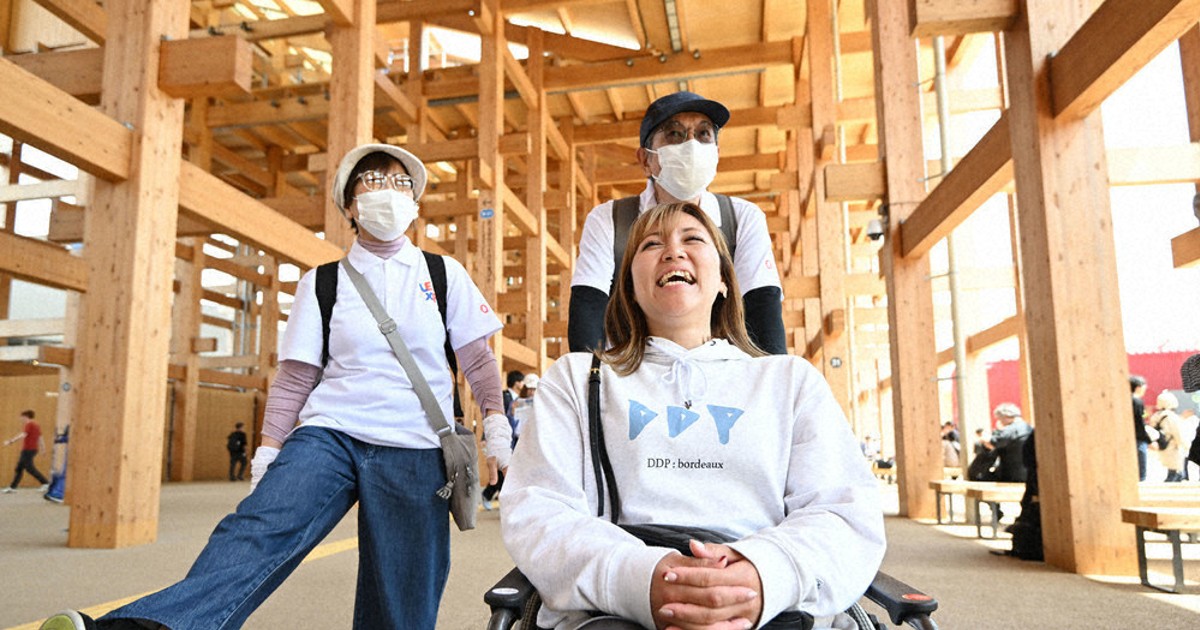Inclusive EXPO: Revolutionizing Accessibility for Wheelchair Users
The world of expos and trade shows is undergoing a significant transformation, driven by a growing focus on inclusivity and accessibility. For too long, these large-scale events have presented significant barriers for wheelchair users. But a new wave of innovation and awareness is changing that, with events like the Inclusive EXPO leading the charge. This article delves into the vital role Inclusive EXPOs play in supporting wheelchair users and setting a new standard for accessibility in the events industry.
Breaking Down Barriers: Accessibility Challenges at Traditional Expos
Traditional expos often fall short when it comes to accessibility for wheelchair users. Common challenges include:
- Navigational Difficulties: Crowded aisles, uneven surfaces, and a lack of clear signage can make navigation a significant struggle.
- Insufficient Ramp Access: Many venues lack adequate ramps, forcing wheelchair users to rely on potentially unreliable alternative routes or miss out altogether.
- Restroom Limitations: Accessible restrooms are often insufficient in number or poorly designed, causing inconvenience and discomfort.
- Lack of Seating: Extended periods of standing can be exhausting. The absence of sufficient seating options leaves wheelchair users with limited resting places.
- Communication Barriers: Information might not be available in accessible formats, such as large print or alternative media.
These challenges can significantly impact the experience of wheelchair users, preventing them from fully participating in and benefiting from the event.
Inclusive EXPO: A Paradigm Shift in Accessibility
Inclusive EXPOs are taking a proactive approach to address these issues head-on. They prioritize accessibility from the initial planning stages, ensuring that wheelchair users are not merely accommodated but fully integrated into the event experience. Key features of an Inclusive EXPO include:
- Accessible Venue Selection: Choosing venues with pre-existing accessible features or investing in necessary modifications to ensure smooth navigation.
- Wide Aisles and Level Surfaces: Designing the event layout with ample space between booths and ensuring smooth, level flooring throughout.
- Abundant Ramp Access: Providing strategically placed ramps that comply with accessibility standards, ensuring easy access to all areas.
- Well-Marked Accessible Routes: Using clear, intuitive signage to guide wheelchair users efficiently throughout the venue.
- Sufficient Accessible Restrooms: Ensuring a sufficient number of well-maintained, accessible restrooms throughout the event space.
- Designated Rest Areas: Providing ample seating options, including designated rest areas with comfortable seating for wheelchair users.
- Accessible Information: Offering event information in accessible formats, including large print, Braille, and audio descriptions.
- Assistive Technology Support: Providing assistance with assistive technologies where needed.
Beyond Physical Accessibility: Inclusivity in Practice
True inclusivity extends beyond physical accessibility. Inclusive EXPOs also consider:
- Sensory Considerations: Minimizing overwhelming sensory stimulation for those with sensory sensitivities.
- Communication Support: Providing sign language interpreters or other communication support as needed.
- Diverse Representation: Ensuring diverse representation among speakers, exhibitors, and attendees.
The Impact of Inclusive EXPOs
The benefits of Inclusive EXPOs extend far beyond simply accommodating wheelchair users. By prioritizing accessibility, these events:
- Expand their reach: Attracting a wider and more diverse audience.
- Enhance their reputation: Building a positive brand image associated with inclusivity and social responsibility.
- Foster a more welcoming environment: Creating a more comfortable and inclusive atmosphere for all attendees.
- Drive innovation: Encouraging creative solutions that benefit everyone, not just those with disabilities.
The Future of Inclusive Events
The Inclusive EXPO movement signifies a significant shift in the events industry, demonstrating that accessibility is not just a legal requirement but a vital element of creating a truly welcoming and engaging experience for everyone. As awareness grows and best practices are shared, we can expect to see more and more events embrace inclusivity, making participation accessible to all.
Call to Action: Are you organizing an event? Learn more about creating an inclusive and accessible experience for all attendees by researching accessibility guidelines and best practices. Let's work together to create a truly inclusive event landscape.
